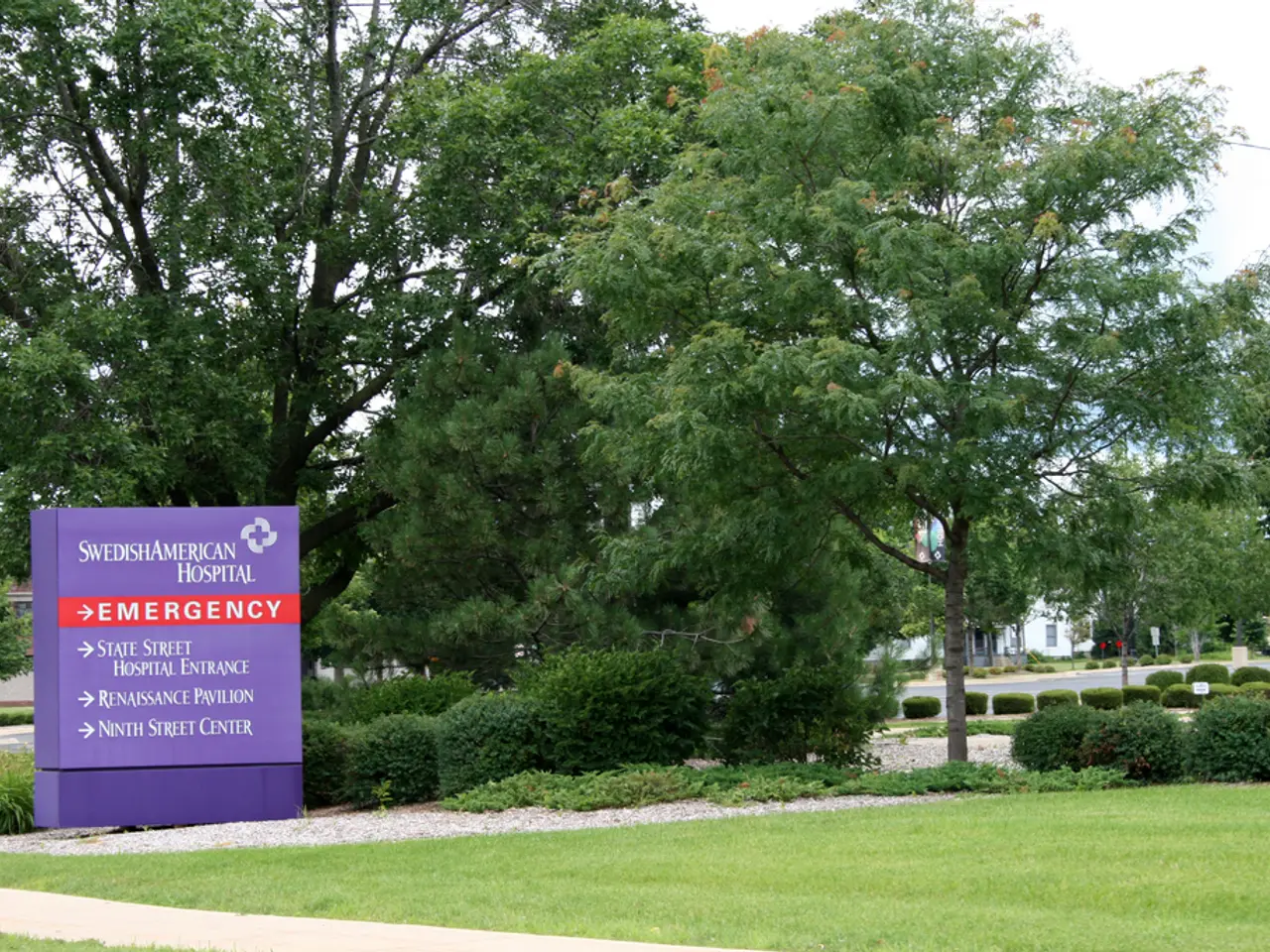Community Guidelines: Rules for Group Operations - Bylaws
In every community group, there's a need for structure and direction. This is where bylaws come in, serving as the group's constitution and guiding principles.
Bylaws are formal written documents that provide direction and guidelines for behaviour within an organization. They outline how a group will be operated and managed, covering key areas such as the group's purpose, membership rules, officers' roles, meeting protocols, governance structure, and amendment procedures.
The purpose of a community group is defined in the bylaws, along with the group's mission. Membership criteria and admission processes are also specified, along with member rights and responsibilities. The bylaws also detail the roles and election/appointment procedures for officers, the protocols for both general membership and governing body meetings, the governance framework, and the procedures for changing the bylaws.
Writing bylaws involves drafting a clear and legally compliant document. To ensure compliance with relevant laws, it's essential to consult legal requirements for your type of community group or incorporated association. Using plain language to make the bylaws clear and understandable to all members is also crucial.
Templates or model rules provided by a regulatory body can serve as a base for drafting bylaws. It's important to include a process for approval and amendments, typically requiring member voting or a supermajority. Transparency and member notification are essential when adopting changes, especially for operating rules established by a board.
Bylaws function like a constitution for the community group, providing structure and clarity about operations and member governance. They must be followed by the association and its members.
In addition to bylaws, an organization should also have written policies and procedures as part of its standard operating procedures. These documents help ensure that the group operates efficiently and effectively, and that all members understand their roles and responsibilities.
When it comes to amending the bylaws, a formal action and vote of membership is required. Operating procedures can be amended without a formal vote, only by the executive or governing group of the organization.
Bylaws should be reviewed regularly to ensure they fit changes within the group. This ensures that the group remains functional and effective, and that the bylaws continue to reflect the group's purpose and mission.
In summary, bylaws are an essential component of any community group, providing structure, clarity, and direction. They answer the questions of who, what, where, when, why, and how of an organization, and help prevent conflicts of interest, misdirection of focus, and lack of productive activity. It's recommended to seek legal advice when drafting or amending bylaws to ensure they are legally compliant and meet the needs of the group.
Home-and-garden enhancements could be incorporated into a community group's bylaws, encompassing rules that regulate planting and maintenance of common areas. Lifestyle modifications, such as enforcing quiet hours and encouraging eco-friendly practices, can also be addressed within these guidelines.




